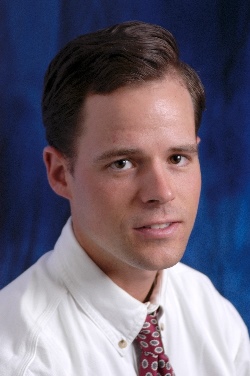MICL Seminar
Challenges in building resilient, energy-efficient processors and SoCs
Add to Google Calendar

Computing is truly becoming ubiqutous, with high-performance processors and SoCs employed in a wide variety of consumer devices from mobile phones, tablets, and laptops up to enterprise servers and high-performance computing platforms. At the same time, embedded, automotive, and sensing applications are almost invisible to consumers but represent a large market with increasing performance and energy efficiency requirements. Building these processors and SoCs that intelligently deliver breakthrough performance when required, yet scale to extremely low power consumption is a key challenge at the circuit as well as microarchitecture and platform level.
In this talk I will describe a few of these challenges in building responsive yet energy-efficient designs "“ namely, continued voltage reduction, power delivery, and tolerance to variations of all types. I'll describe some ongoing work in addressing these challenges, aimed at building systems which are resilient to operating conditions while achieving the best possible performance and energy efficiency. Finally I'll highlight some areas where significant research is still required, in order to ensure that future designs can extend Moore's Law "“ providing ever-increasing performance at reduced power and lower cost.
Jim Tschanz received the B.S. degree in computer engineering and the M.S. degree in electrical engineering from the University of Illinois at Urbana-Champaign, in 1997 and 1999, respectively. Since 1999, he has been a member of the Intel Circuit Research Lab in Hillsboro, OR, where he leads a team of researchers working on low-power circuit techniques. His research interests include low-power digital and memory circuits, design techniques, reliability, and methods for tolerating static and dynamic variations. He also taught VLSI design for 7 years as an adjunct faculty member at the Oregon Graduate Institute in Beaverton, OR. He has published 53 conference and journal papers in this field, has authored 3 book chapters, and has over 41 issued patents.
 MENU
MENU 
